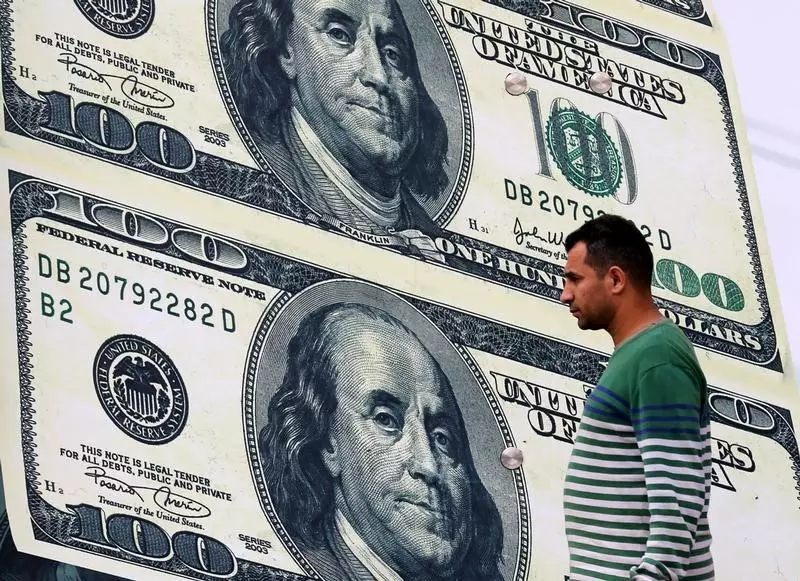The U.S. dollar has recently stabilized near its over four-month high in European trade, as strong economic data has impacted expectations of early rate cuts by the Federal Reserve. At 10:40 GMT, the Dollar Index, tracking the greenback against a basket of six other currencies, traded largely unchanged at 104.755. This was just below the previous session’s 105.07 high, marking its highest level since November of the previous year.
The greenback received a boost after data revealed the first expansion in U.S. manufacturing since September 2022. This positive economic indicator, along with other signs of strength in the U.S. economy, has led traders to scale back expectations of early interest rate cuts by the Federal Reserve. Consequently, the CME’s FedWatch tool now indicates a lower probability of a Fed rate cut in June, down to 61.3% from around 70.1% a week earlier.
The strong economic data has encouraged investors to believe that the Federal Reserve may not be as dovish in its approach given the positive direction of U.S. economic indicators. In light of this, market participants are closely watching various economic reports, such as job openings and durable orders for February, in anticipation of the upcoming payrolls report for March.
In Europe, the EUR/USD pair fell by 0.1% to 1.0738 after eurozone manufacturing activity worsened in March, contracting at a steeper pace compared to February. The HCOB’s final eurozone manufacturing Purchasing Managers’ Index decreased to 46.1 in March from 46.5 in February, despite beating a preliminary estimate of 45.7. This extended the contraction for the 21st consecutive month.
Strengthening Dollar
The exchange rate differentials between the euro and the dollar have favored the dollar, with the most supportive rate conditions seen since December 2022. As a result, the EUR/USD pair has comfortably traded under 1.0800, with analysts indicating a potential short-term target of 1.0695/1.0700.
The GBP/USD pair rose by 0.2% to 1.2569 in reaction to British manufacturers reporting growth in activity in March, signaling the end of a shallow recession. On the other hand, the USD/JPY pair traded 0.1% higher at 151.68, with Japanese authorities expressing readiness to respond to disorderly currency movements.
Impact on Chinese Currency
USD/CNY rose by 0.1% to 7.2358, with the yuan falling to a 4-1/2-month low against the dollar. This offset the selling of the U.S. currency by state-owned banks, highlighting the interconnectedness of global currency markets and the impact of economic data on currency valuations.
Strong economic data creates ripple effects across global financial markets, influencing investor sentiment, central bank policies, and currency movements. Traders are advised to closely monitor economic indicators and central bank communications to navigate the dynamic landscape of foreign exchange markets effectively.

